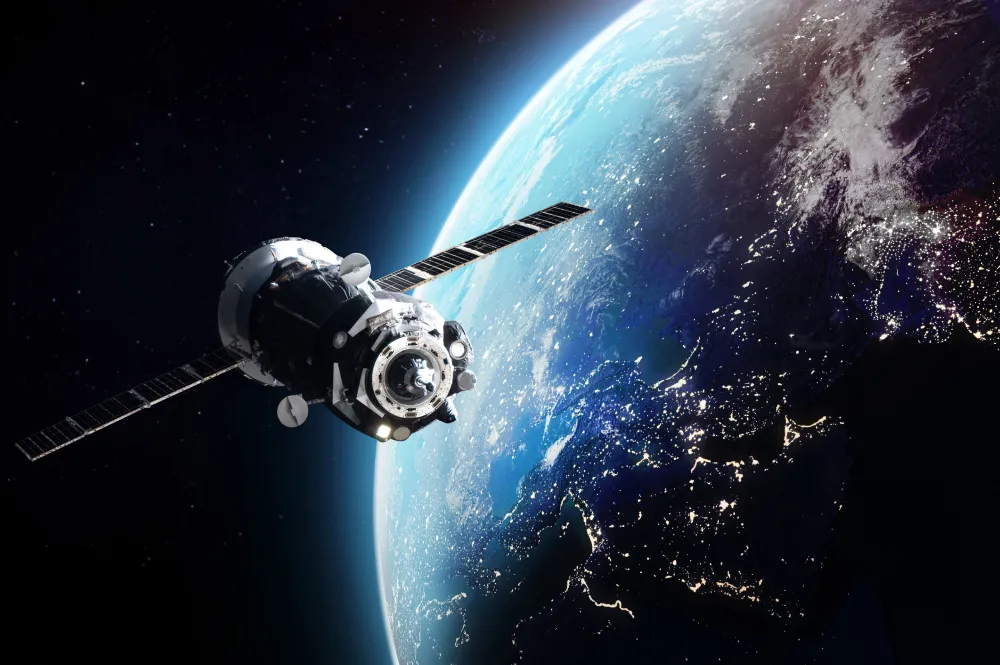Beyond Earth – The First Space Energy Grid

The first space-based energy grid is under development, which could power satellites in low-Earth orbit to utilise solar rays and transmit energy back to Earth.
Space Based Energy
Star Catcher Industries
The company behind this pioneering technology, Star Catcher Industries, established in 2024, is already making headway with the first space energy grid. Their aim is to give customers pay-as-you-go energy, with power satellites providing energy to millions of homes; whilst producing little to no emissions. Once constructed it will beam significant levels of broad-spectrum energy to spacecraft in low-Earth orbit, with spacecraft receiving energy via existing solar arrays.
They claim that the infrastructure will be able to send between 100 watts and 100 kilowatts of power, with the hopes of hosting more than 40,000 satellites by 2030, with little energy bottlenecks and more bandwidth compared to traditional energy methods.
Star Catcher Industries have recently secured £9 million of investment funding, and earlier this year they have completed their first ground test for beaming. It has not yet been confirmed when they hope to launch their first beam and satellites.
The Process
Ultimately, energy will be created via solar rays and transmitted to stations on Earth and converted to electricity. This will then be delivered to the energy grid and batteries for energy storage.
Collection
Satellites gather enough ambient solar energy to offer up to 150 kW of transmission capacity which is then distributed among several client satellites.
Tracking
Client satellites will not require a transceiver or beacon to receive power, instead power nodes can identify and track client satellites to provide them with energy.
Transmission
Using triple junction solar cells, energy is transmitted to client satellite solar arrays. The amount of energy, concentration, and duration of transmission is reduced. Each power node serves multiple client satellites simultaneously.
Reduce Emissions
Space-based solar power offers a continuous supply of clean energy, unaffected by weather or night, unlike Earth-based solar panels. This constant energy source could significantly reduce greenhouse gas emissions and the need for land-based renewable energy infrastructure. Research indicates that space-based solar power could reduce Europe’s reliance on land-based renewable energy by 80%.1 Additionally, this technology could facilitate more effective emissions management through monitoring and identification of greenhouse gases.
Benefits of Space Power
A space-based energy grid would offer several advantages. It would support the increasing demand for power-intensive applications in space, such as telecommunications, computing, and national security. Additionally, it would free up land currently used for solar panels or wind turbines and be less vulnerable to natural disasters like flooding.
Is This the Future?
Although the technology is still in its early stages of development, it is positive that steps are being made to identify how energy demands can be met, whilst reducing emissions to help fight climate change. There has also been considerable research to show that other renewable energy sources – such as wind, solar and hydropower – are on the rise.


